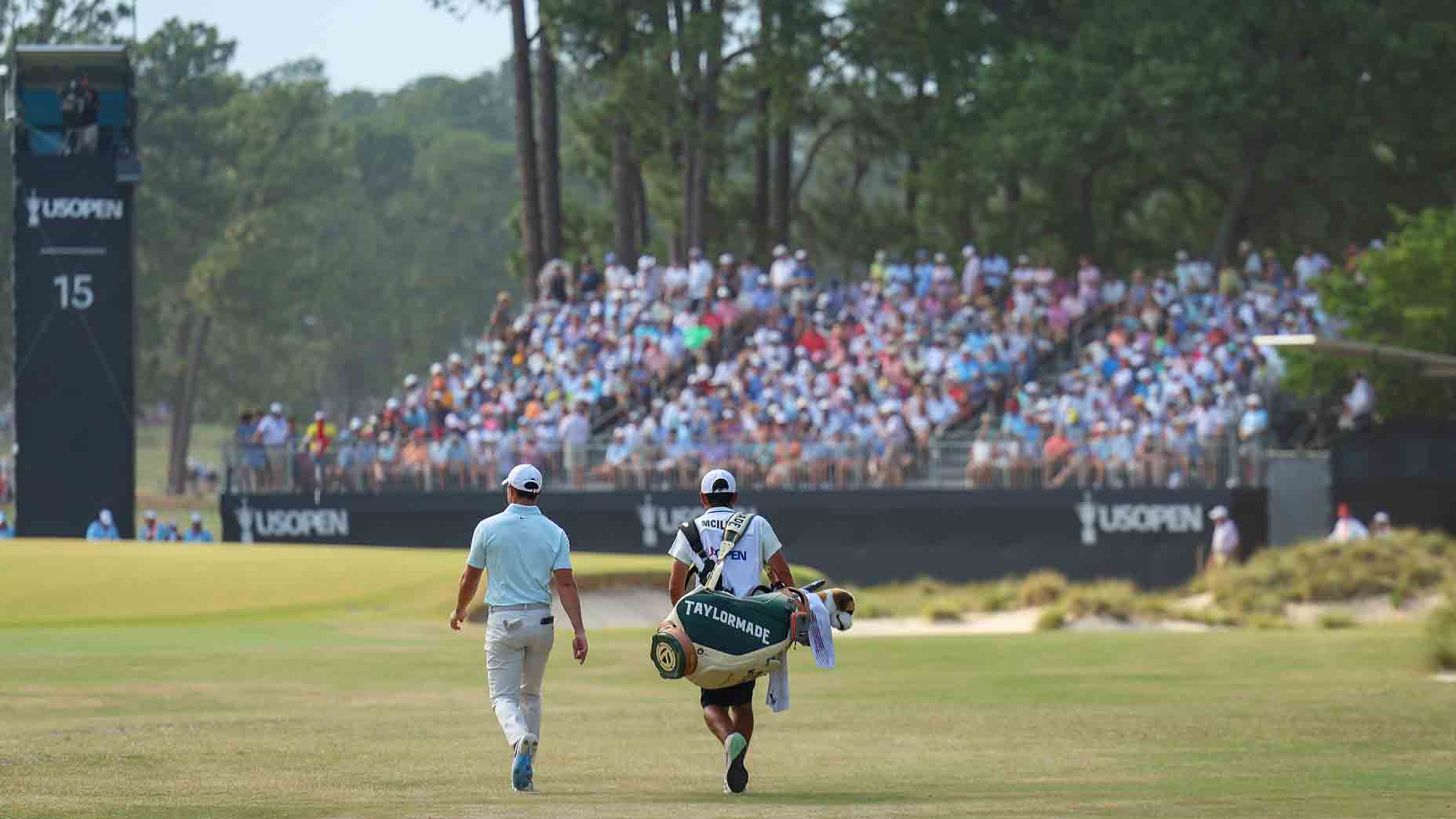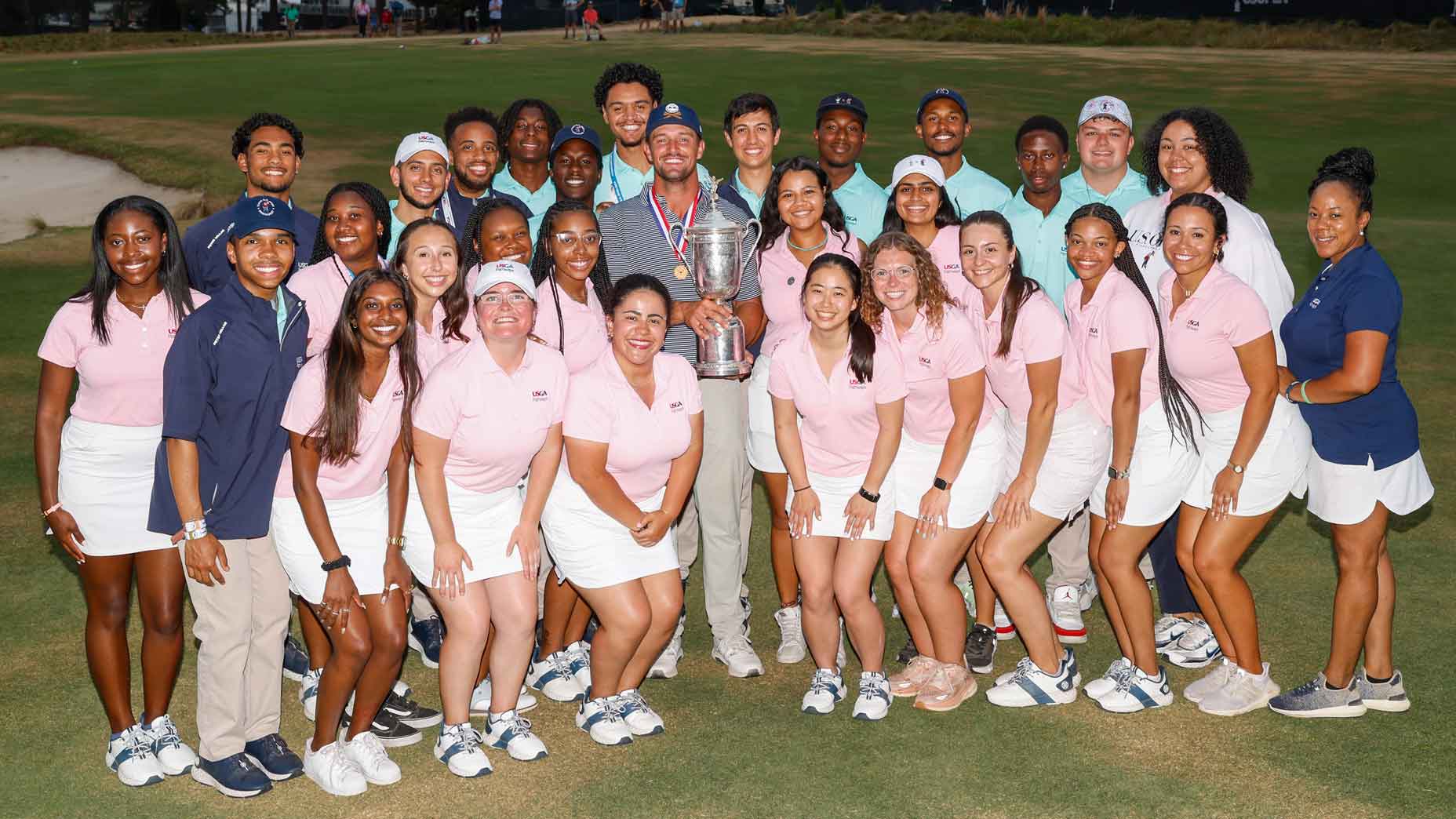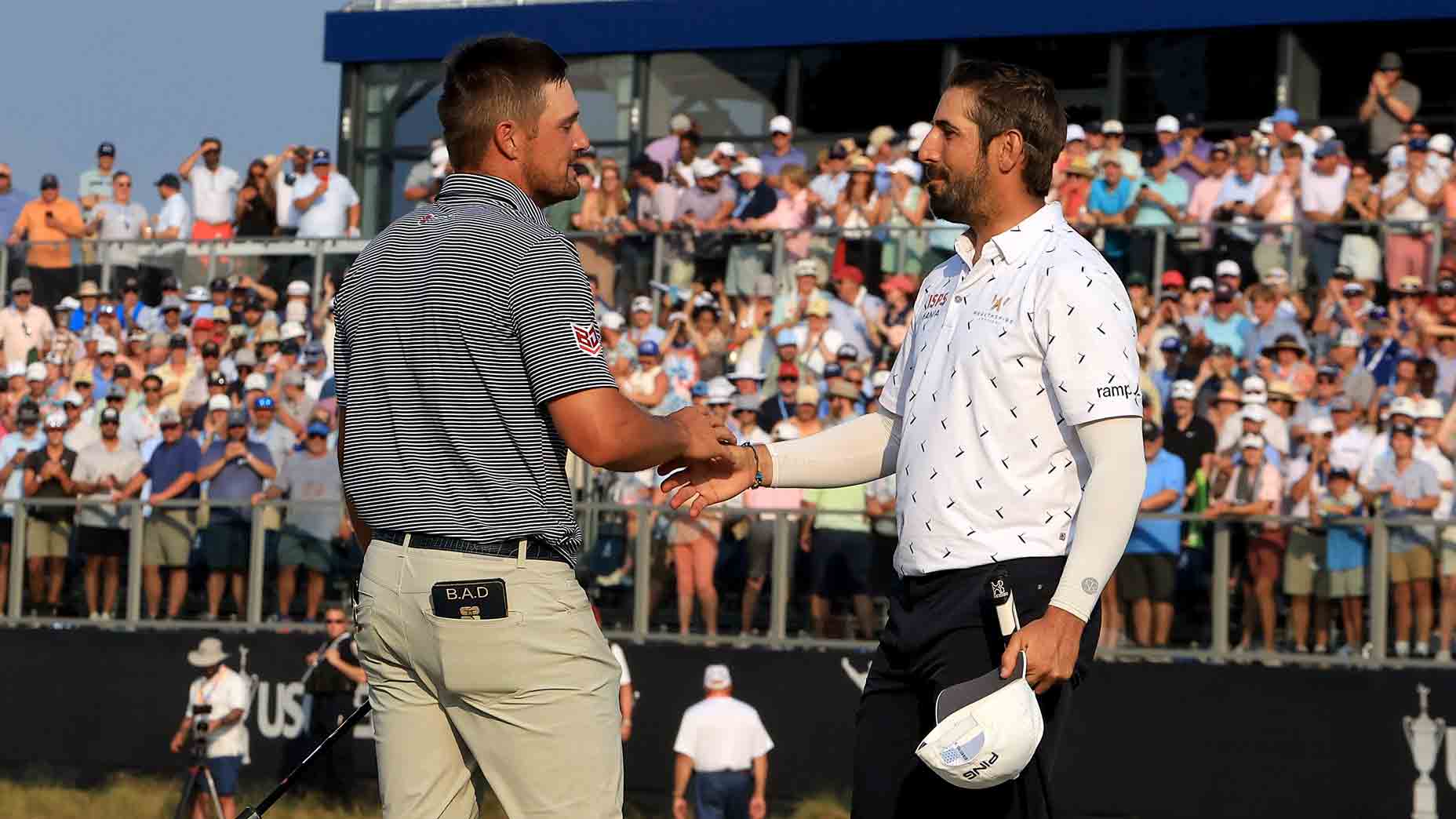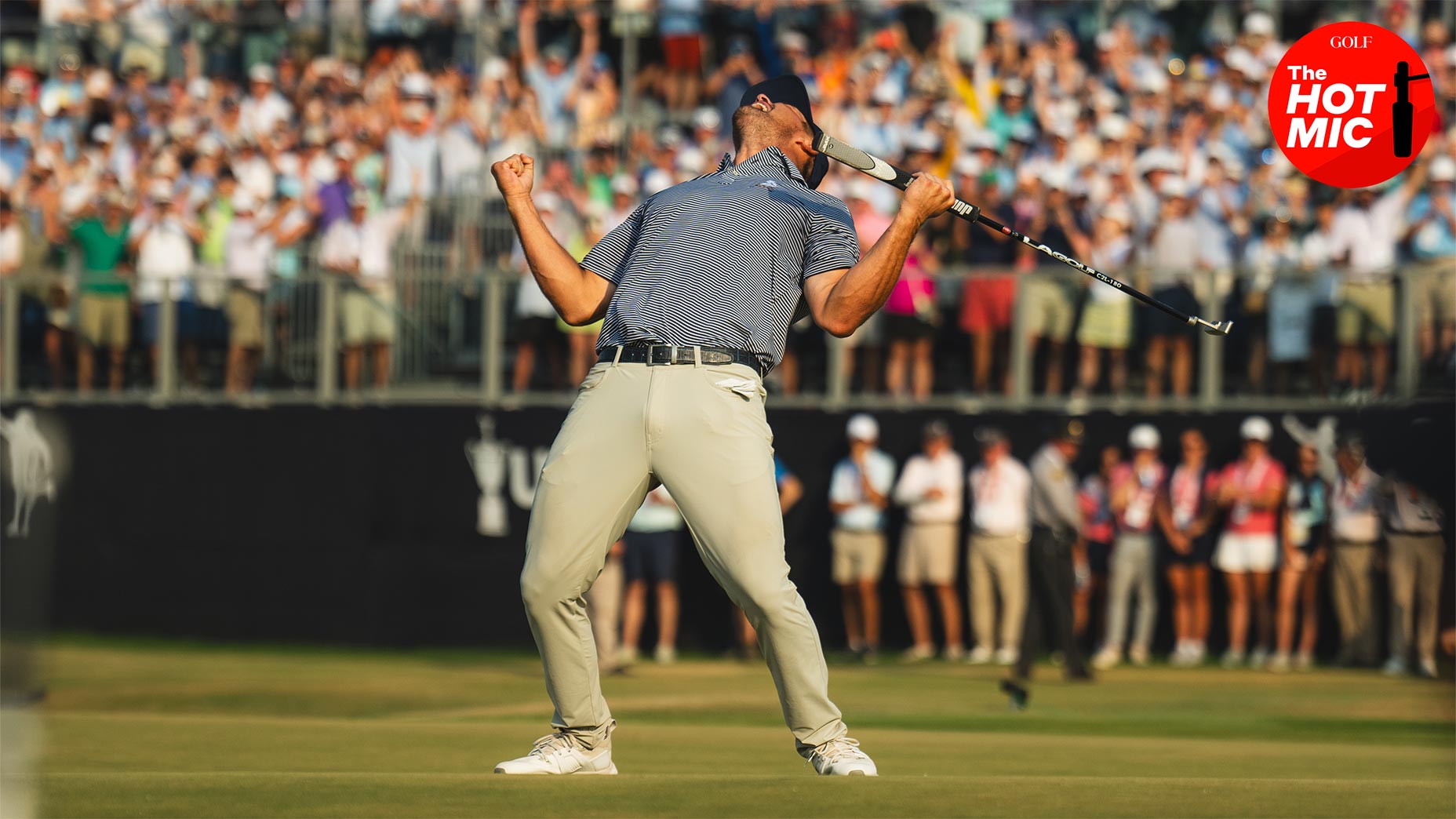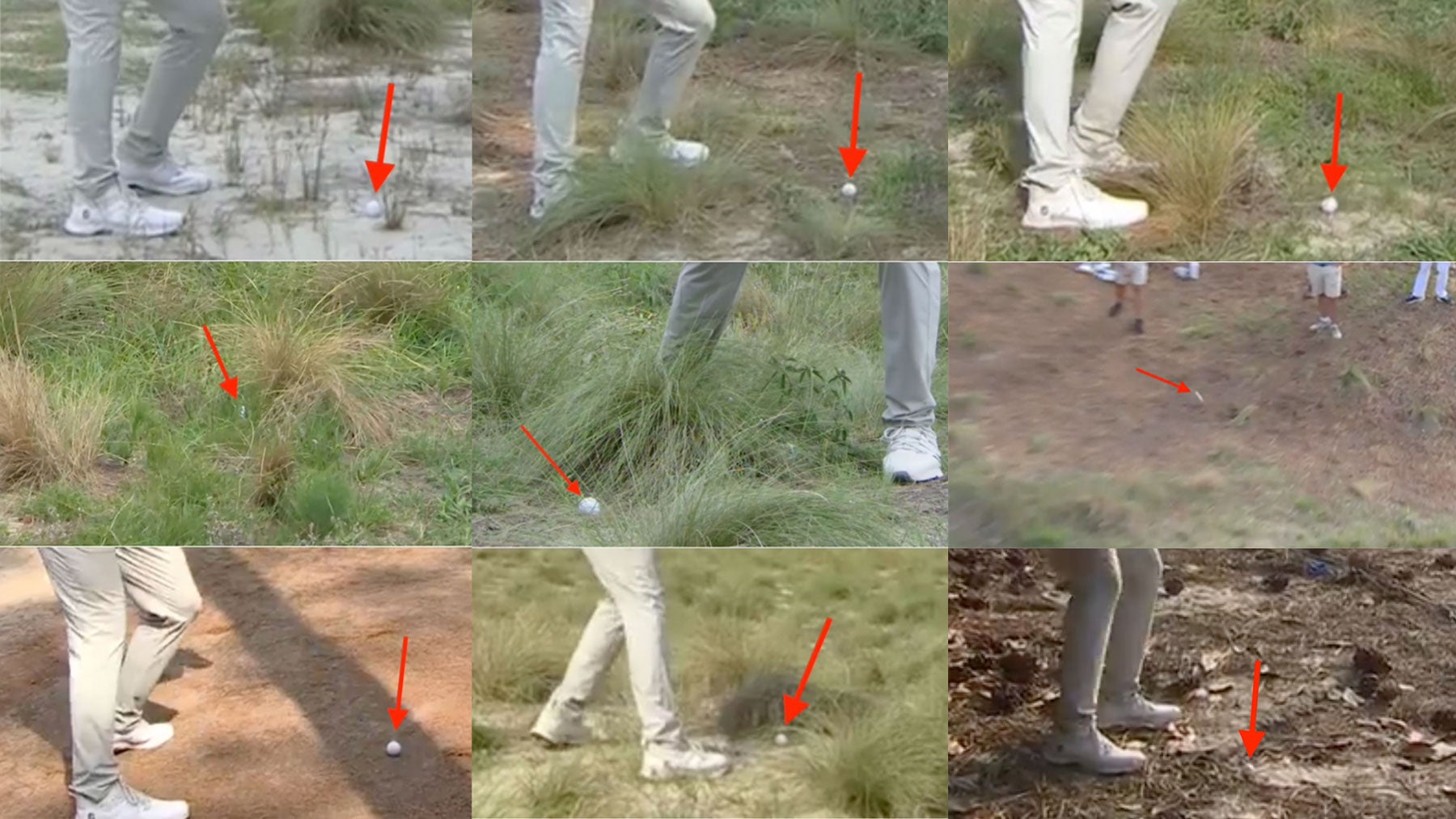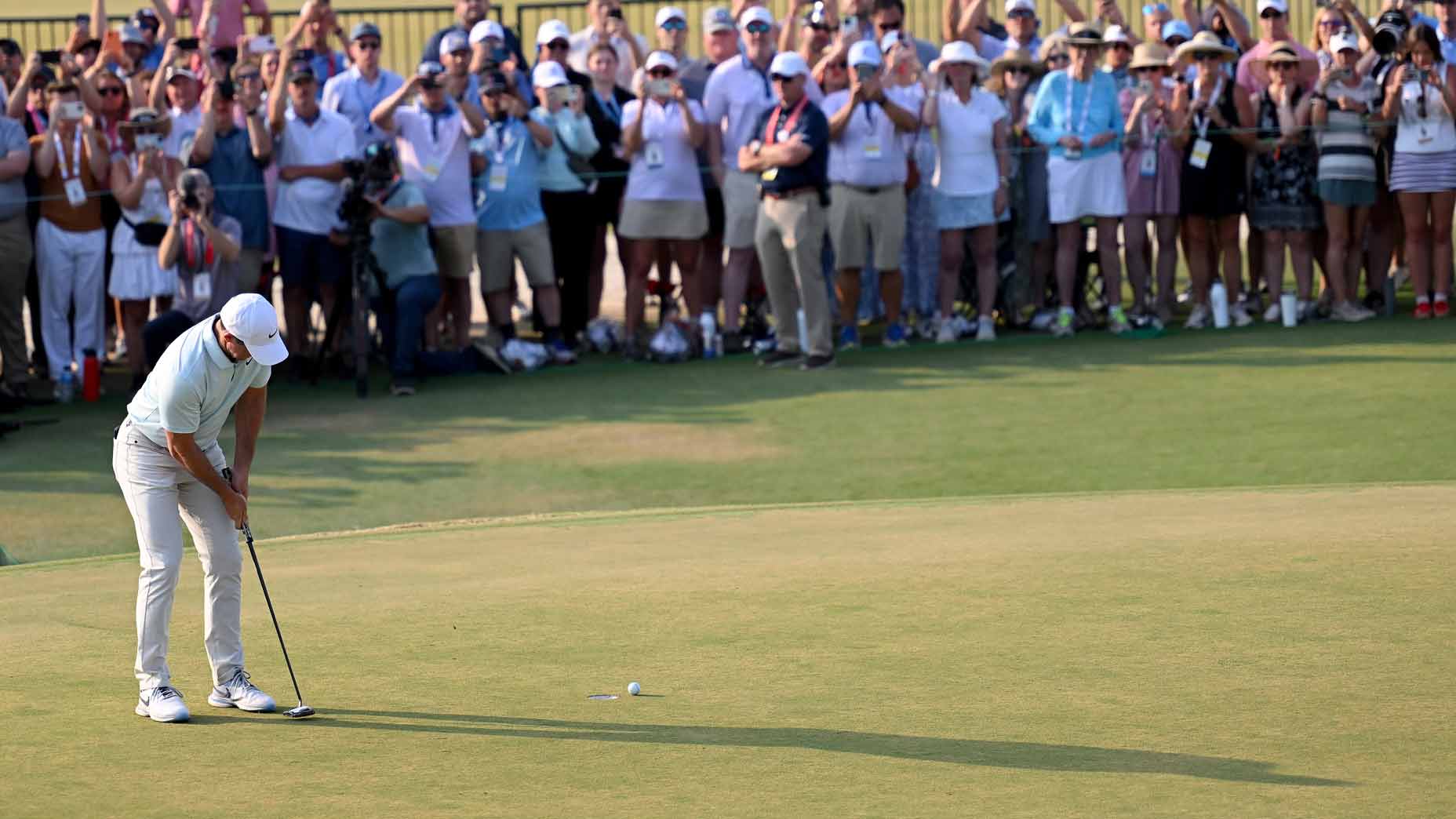U.S. Open qualifying humbled me. Here’s why I’ll be back for more
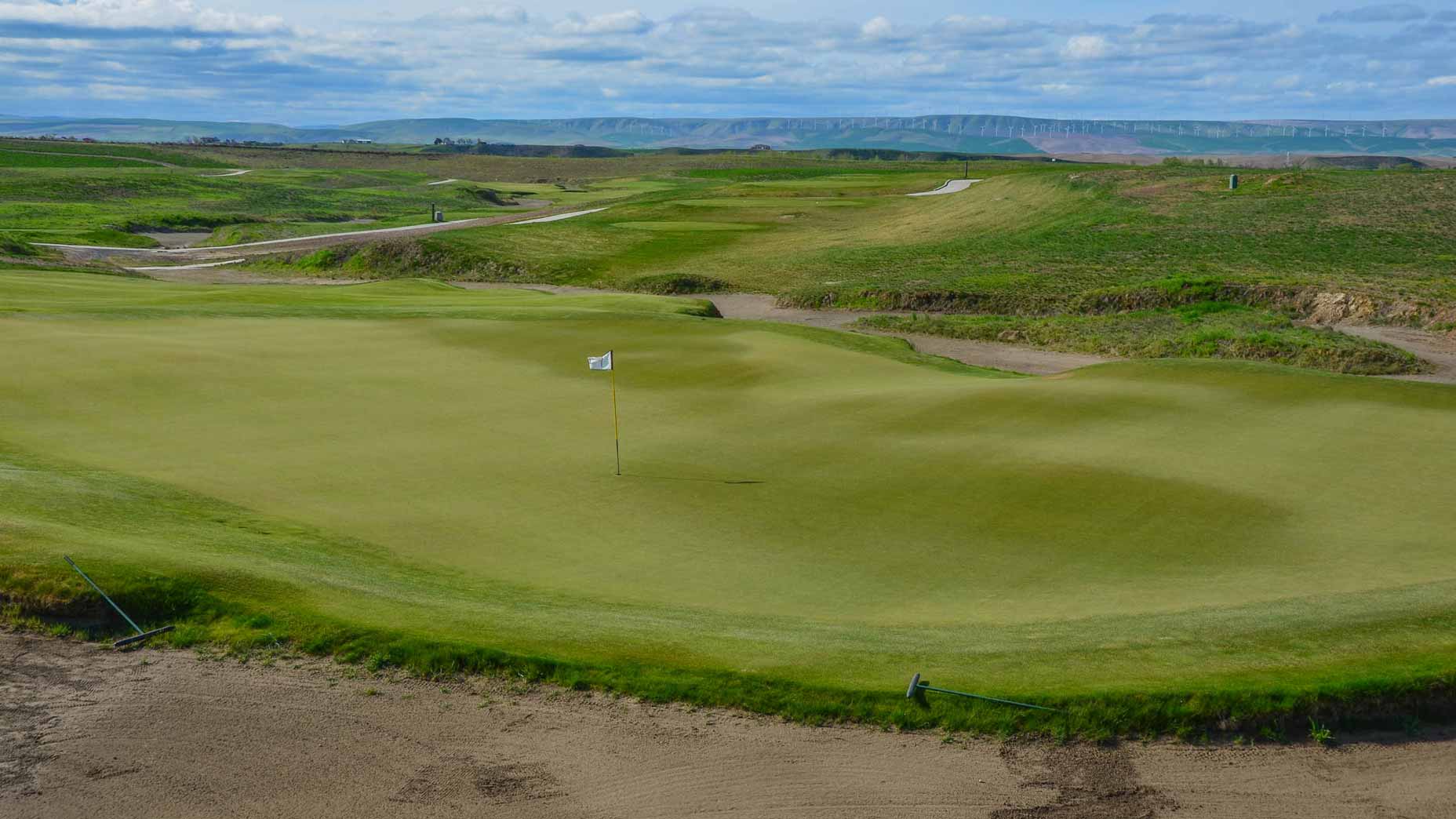
Wine Valley served as Local Qualifying host.
Patrick Koenig
On Tuesday in Charlotte, Max Homa remembered how golf used to be.
“Back when I was a kid I loved golf because it was a way to hang out with my friends and try to make an eagle or a birdie and then wig out for a few weeks,” he said. “Now we’ve done so much in the game that sadly, an amazing 7-iron doesn’t make me as happy as it used to — which is sad.”
That was just a snippet of a lengthy reflection from Homa — the defending champ at this week’s Wells Fargo Championship — on his complex relationship with golf. It was a positive assessment, largely. He said he wouldn’t trade his job for anything in the world. But that one bit hit like a shank to the kneecap:
sadly, an amazing 7-iron doesn’t make me as happy as it used to
Woof. Simple and devastating.
Consider the miracle of golf. It’s the miracle of flight, really. For Homa, hitting an “amazing 7-iron” means looking at a tiny ball on the ground and then, after factoring the effects of wind, slope, spin, temperature, turf and adrenaline, sending it in the direction of a target more than 500 feet in the distance, where it settles just a step or two away. It’s a mastery of skill and an application of advanced physics. Accomplishing the feat just once seems like wizardry.
But being a professional golfer means doing it again and again and again and again, gradually turning the miraculous into the mundane, stacking up soaring 7-irons like a pro bowler stacks up strikes. Flagging an amazing 7-iron, like knocking down all 10 pins, still brings some joy. But it also sets an impossible standard. Eventually you get numb to the accomplishment. You’re more disappointed if you fail to pull it off than you are joyous if you do. That’s golf at its highest level.
Homa wasn’t suggesting that being a professional golfer is a joyless experience. I’m certainly not, either. As it turns out, playing a game against other talented pros in front of millions of adoring fans is … fun. Plus, golf isn’t just a 7-iron competition. That would make golf more like bowling, and at its worst, golf is like bowling. But golf isn’t often at its worst, because the course and the weather and the variable distances and the adventure through the outdoor world provide a series of engaging and constantly evolving challenges.
At Homa’s level, the central challenge becomes improvement; getting incrementally better every practice day and bearing the fruits of that labor come tournament time. A flushed 7-iron on its own might not bring much joy, but a flushed 7-iron with the chance to win a Presidents Cup match or a PGA Tour event or perhaps, next month, a major championship in his hometown? There’s plenty of joy there, still. In golf, joys and motivations change over time.
I know mine have.
JUST 24 HOURS BEFORE Homa sidled up to the mic, I stepped to the first tee at Wine Valley Golf Club chasing the remnants of a discarded dream.
I was here, in a town deep in Eastern Washington called Walla Walla, because I was one of 10,187 golfers who’d signed up to try to qualify for this year’s U.S. Open. It’s a pretty simple process: You play 18 holes at one of 109 Local Qualifying sites. If you finish in roughly the top five percent at your site (at Wine Valley, five players advanced out of 95) you advance to Final Qualifying, which consists of 36 more holes at a different location. If you make it through that? You’re into the national championship, golf’s brawniest and most democratic major.
I still remember my first U.S. Open qualifier; it was May 2015 and I, a newly minted mini-tour pro, teed it up at the Country Club of Troy in upstate New York. I birdied No. 18 to finish T3 and made it through by a shot. I wilted in the next stage but was struck by the intoxicating realization that a literal major championship was just one good day of golf away. I vowed to put myself in that position again.
I’ve written before about my foray into professional golf and the (minuscule) successes and (significant, overwhelming) failures that came along with it. I’ve even written about a couple bids at the U.S. Open in the years that followed, including one particularly dramatic trek to Palmer, Alaska, the world’s smallest qualifying site. But I hadn’t made it through Local Qualifying since that first attempt.
My days of full-time golf fade further away every day. That’s all good. I still play far more often than most people and relish it, but my golf schedule is hardly a training regimen. My most regular game comes every other week at a nine-hole par-28 just down the street from my Seattle apartment, where the stakes are 50 cents per dot or, on big days, a hot dog and a pint of Reuben’s.
But like a runner signing up for a half-marathon, the U.S. Open provides an excuse to fine-tune. I’d snuck in a few extra range sessions in the preceding weeks. I’d even made time for a full practice round at Wine Valley (a terrific golf course, by the way, which turns rolling farmland into an epic golfscape). And I tried to go in with realistic expectations, hoping those would free me up. I felt a little wobbly as I stared down at my Titleist 4 on the first shot of the day, but I took a moment to enjoy feeling that pressure, too. The fact that I made contact was the first win; the fact that my nervy driver found the left edge of the fairway was the second.
The most tangible reason I never made it as a pro was because I wasn’t good enough with my irons. I simply couldn’t hit the mid to long irons with enough integrity. Pitching wedge? Sure. Eight-iron? Yeah, okay. But anything outside 175 yards was uncertain at best. So when I measured 189 yards into a stiff wind to a back pin at No. 1, I felt a familiar angst.
I turned to my caddie, a certified rookie: my wife, Emily, who was making her debut on the bag. She’s not a golfer but has become something of a golf fan in the last few years — by either osmosis or Stockholm Syndrome — so she’s seen enough player-looper conversations on TV to settle on a caddying strategy. Her approach was largely positive reinforcement. I’d pick the club and suggest a line, and she’d vehemently agree. So when I selected 4-iron and pointed at the left edge of the back bunker, she nodded in approval. I think that’s perfect.
I focused on the swing thought I’d settled on at the range (loose, long, then turn) and felt the gratifying nothingness at impact that meant I’d flushed it. Slowly the ball climbed into the wind, high enough to temper its flight. I’d pushed it but barely; it fell out of the sky just long and right of the hole, leaving a 10-footer for birdie. I felt a deep satisfaction, gave Emily an enthusiastic fist-bump and set off for the green with a pep in my step.
The moment felt significant. Like most golfers who give up playing competitively — whether it’s after high school, college or further on — I remember needing some time away from golf. After I stopped playing, it took some months before I could enjoy a casual round again. The harsh reality was that I’d never been close to as good as I wanted to be, and yet that was as good as I would ever be. That was tough to come to terms with. Maybe it still is. But now, six years later, my expectations had reset to the point where a flushed 4-iron felt really good.
Maybe too good, because a dangerous, delusional thought quickly followed:
I’m going to play in the U.S. Open.
The euphoria didn’t last. I missed the birdie putt low and left. At No. 2 I logged my first three-putt of the day. Bogey. Two holes later I three-putted again, this time thanks to a missed two-and-a-half footer, a reminder of the complete agony that comes with hitting short putts that actually matter. Another bogey. Now I was two shots on the wrong side of par. My suppressed fear — that I’d suddenly develop the yips and shoot, like, 92 — bubbled closer to the surface.
But I hit nice long-iron approaches into the par-4 5th and par-3 6th, logging back-to-back pars. And the 625-yard 7th was playing directly downwind, so I hit driver and then ripped 3-wood in the direction of the green. When I came around the corner to discover that I had just eight feet left for eagle, that same satisfaction returned. The dream was alive!
IT’S A FOUR-HOUR DRIVE from Walla Walla to Seattle, and about 23 minutes longer when you factor in a stop at Chipotle.
That meant plenty of time to mull my failure as Emily and I cruised home through the central Washington farmland. My first instinct was some combination of shame and frustration; it was one thing to miss qualifying, but to shoot 77? To finish 10 shots behind the medalist in just 18 holes? That was a true indignity. I suddenly felt silly and self-important to have devoted so much effort to the pursuit of something I was so clearly incapable of achieving. You should never do that again, I thought.
But eventually I nudged my bruised ego out of the way and admitted just how many things I’d enjoyed about the day. Yeah, I’d missed the eagle putt at No. 7, settling for a tap-in birdie, and I’d given that shot back with a bogey at No. 8. No, I’d never gotten any closer after that. But gradually, my embarrassment softened.
I’d already ticked through the negatives: Two horrendous bunker shots. Two costly tee shots. And a reprehensible total of 38 putts. But now I acknowledged the good, too: I’d hit 14 of 18 greens in regulation at a long, tough golf course, setting up one birdie look after another — even though I missed ’em all. All of ’em until the last one, that is: I felt some pride in a nifty up-and-down for birdie at the par-5 18th, my only one-putt of the day.
It wasn’t until the next day that I got Homa’s help contextualizing the mixed feelings.
“In sports it’s not up to the fans, it’s not up to the media, it’s not up to anybody other than myself if I fail,” he said.
Had the day been a failure? I was nowhere close to qualifying. Hell, I’d finished six shots from being an alternate. By that measure, I’d certainly failed. But with no fans nor media to care, it was up to me to decide how to characterize the day. So here’s where I settled: I hadn’t signed up for the qualifier to win the U.S. Open. I signed up to see a new part of the world and play a golf course on my bucket list. I signed up because I write a lot about competitive golf, and it’s useful to remember what competitive golf feels like from the inside. I signed up to play some golf with Emily (who ended up loving the experience, immune to the drudgery of a five-and-a-half-hour round). I signed up because I miss competing. I signed up to see how I stacked up.
That’s all golf is, ultimately. Even for those who’ve seen the mountaintop most recently, like Tony Finau.
“We know sports is about winning, but you either win or you learn,” he said Tuesday.
Let’s go with that. I certainly didn’t win. But there’s plenty left to learn. It may never get as good as the first soaring 7-iron of your life, but there’s some honor in chasing after the next one anyway.
The author (cautiously) welcomes your comments at dylan_dethier@golf.com.





